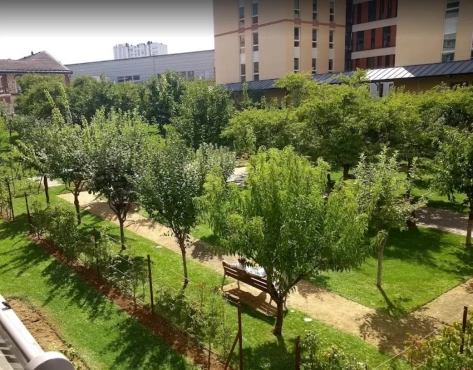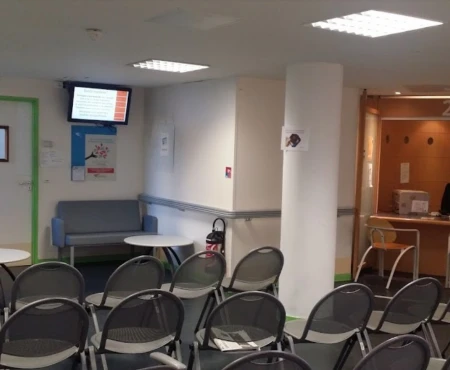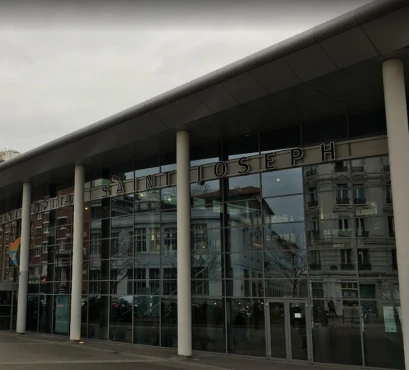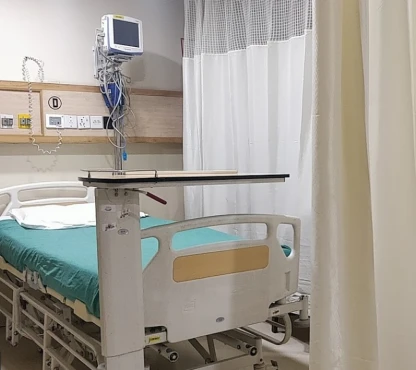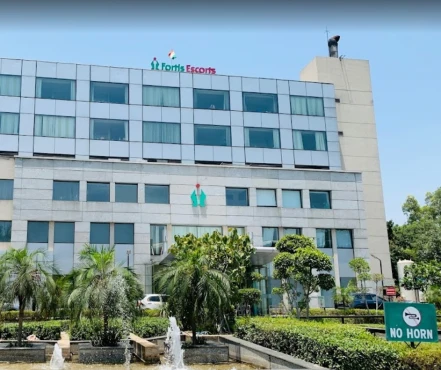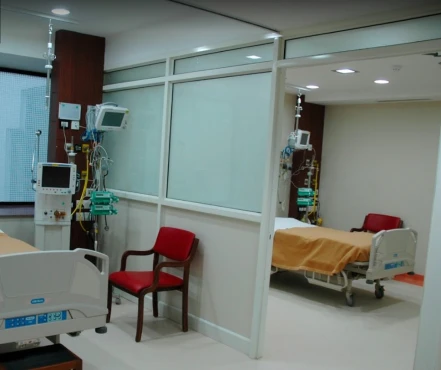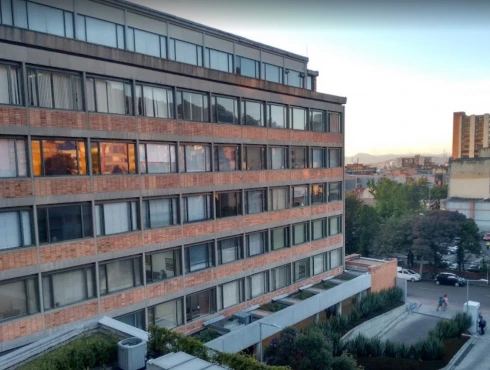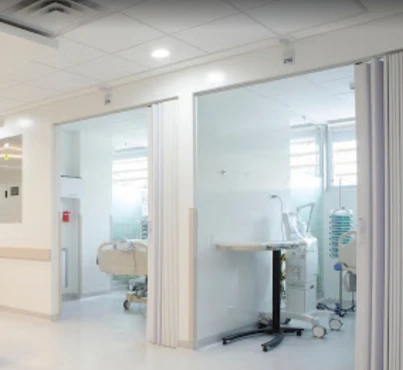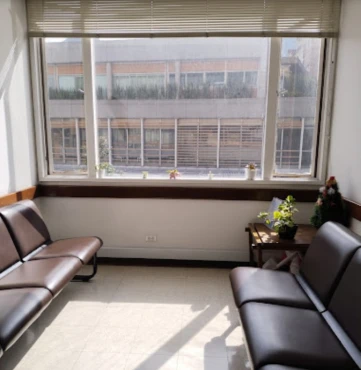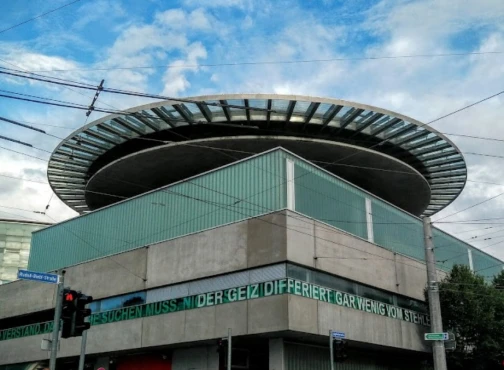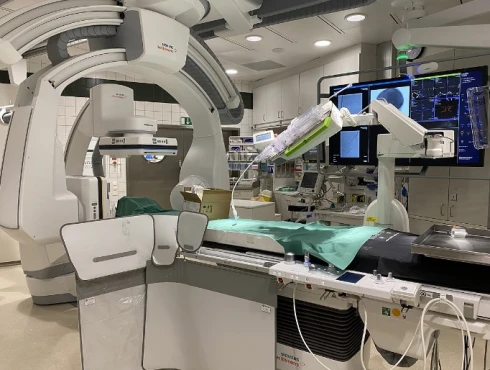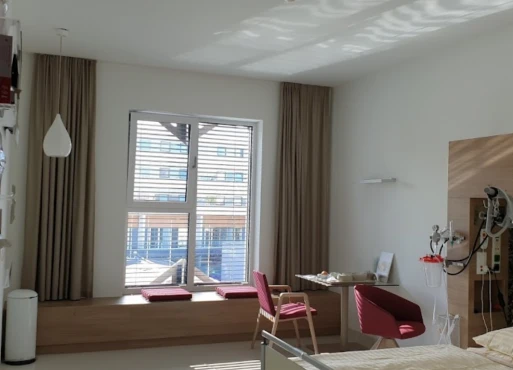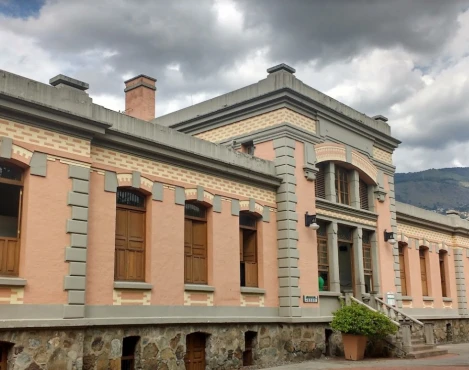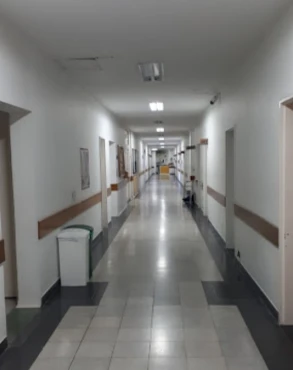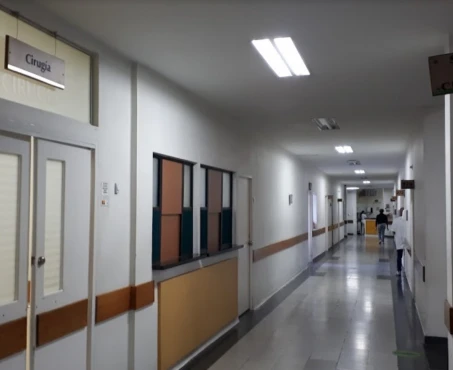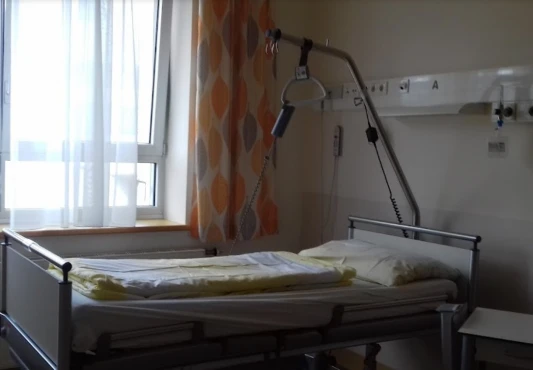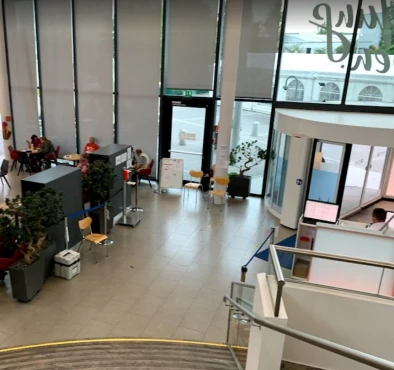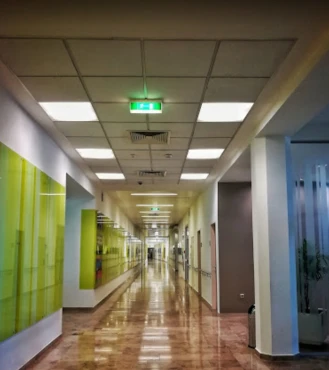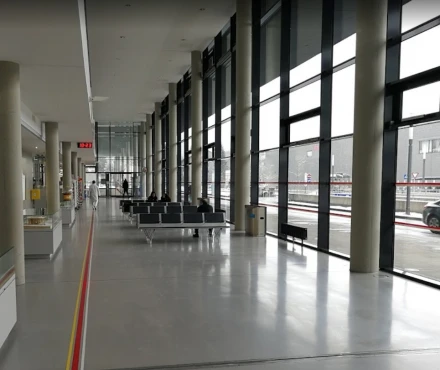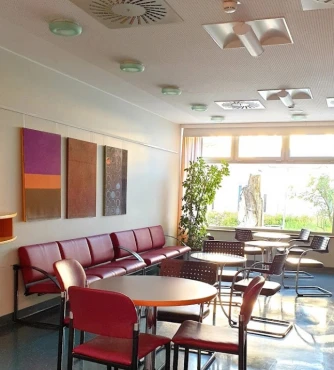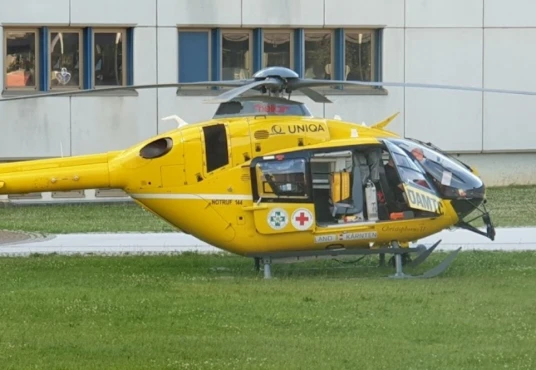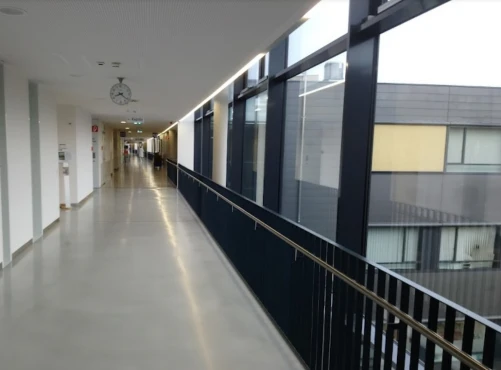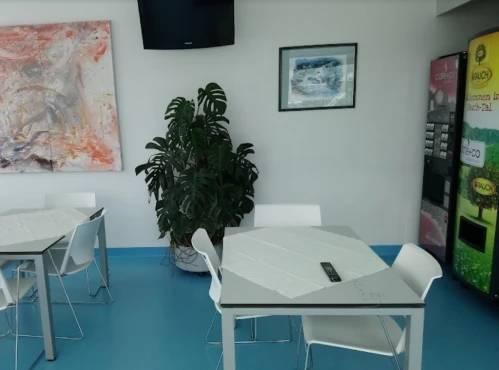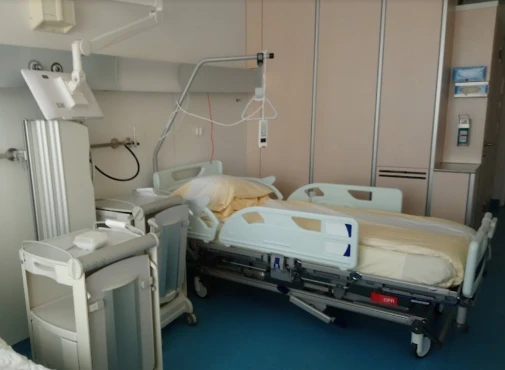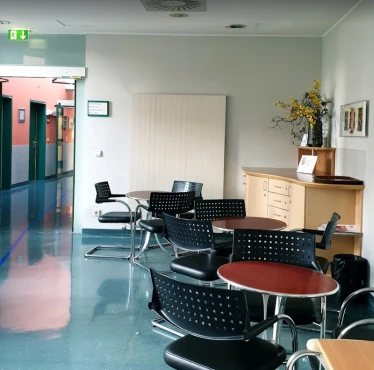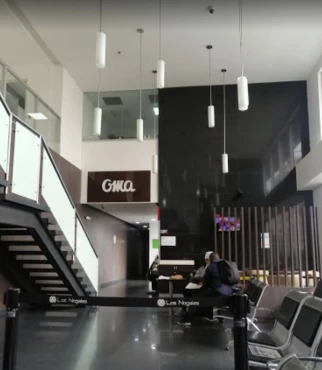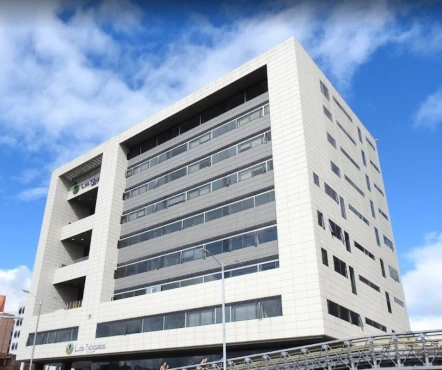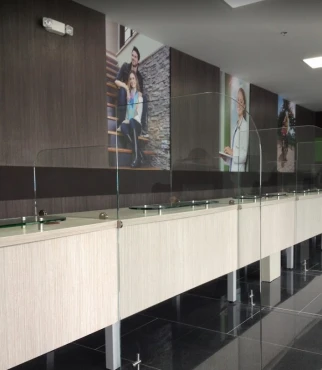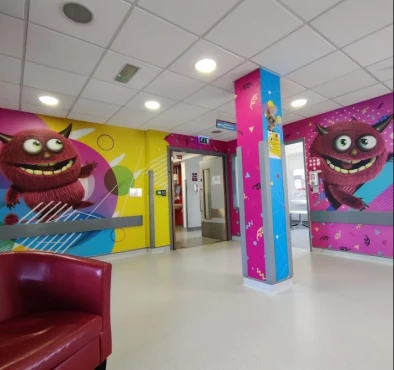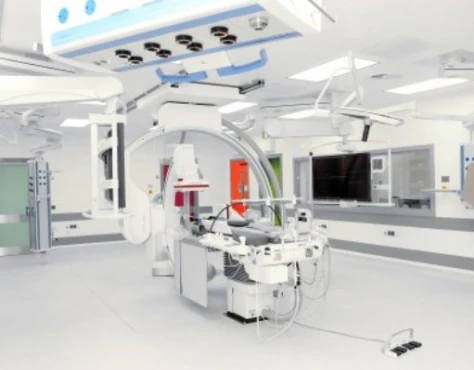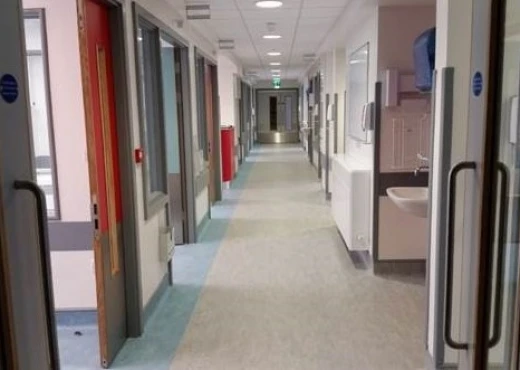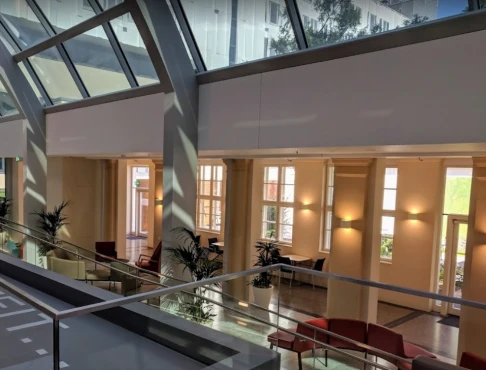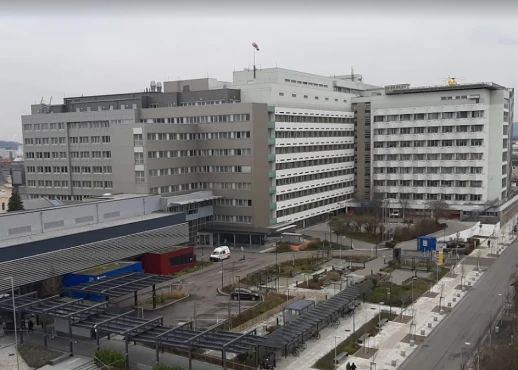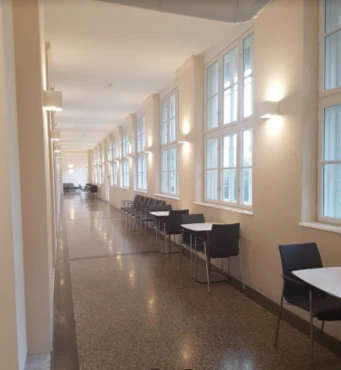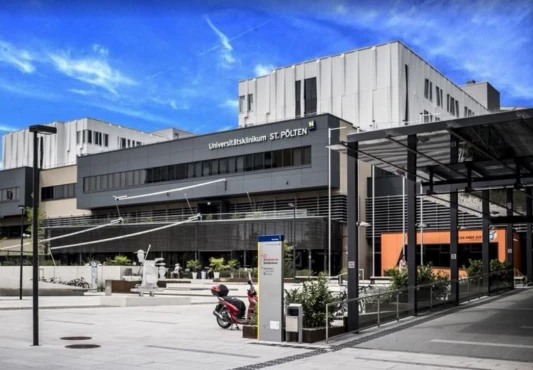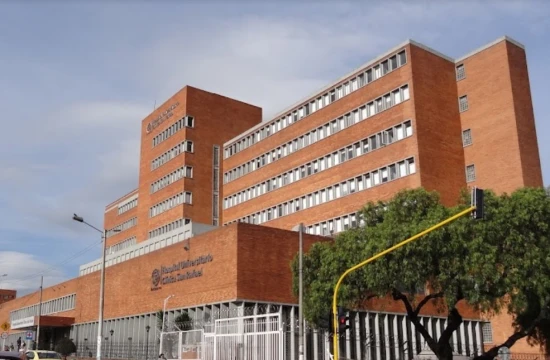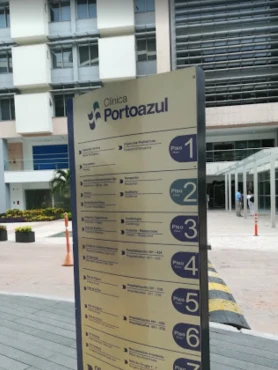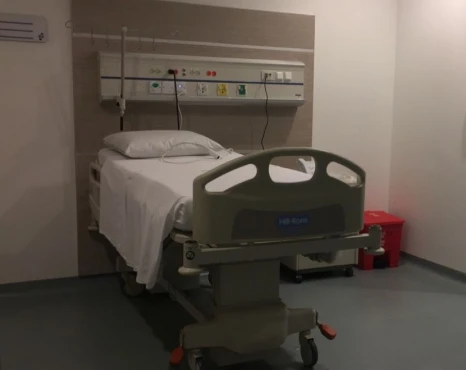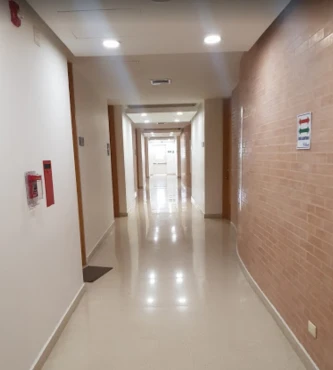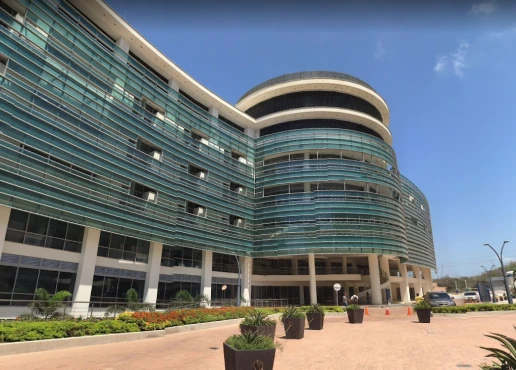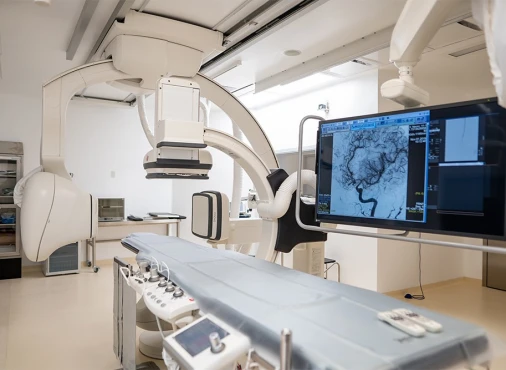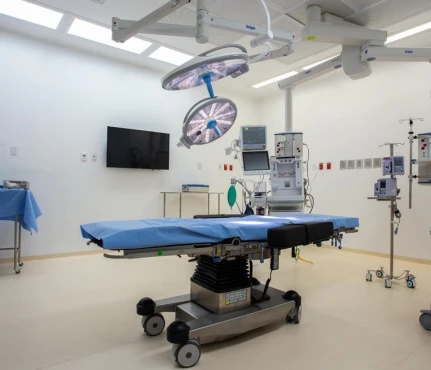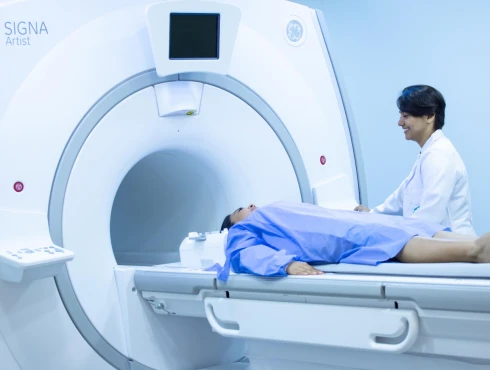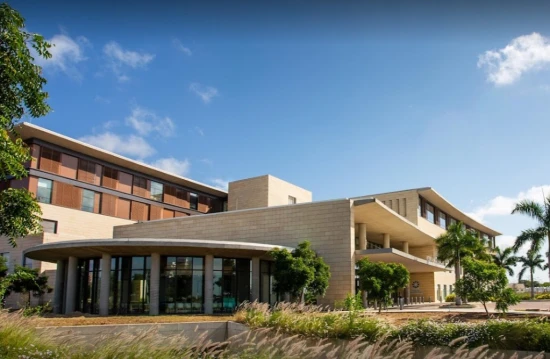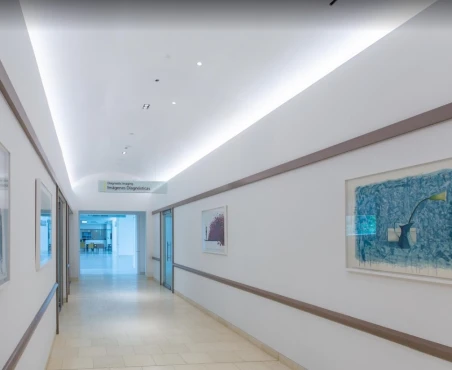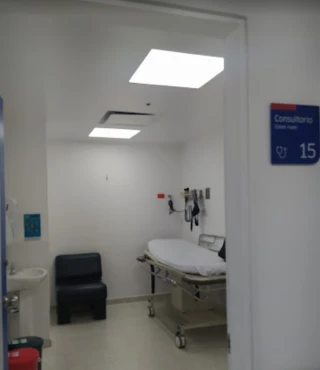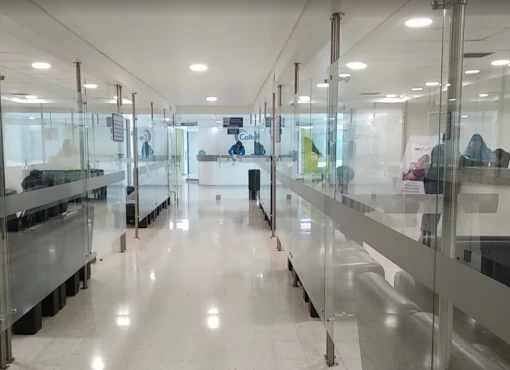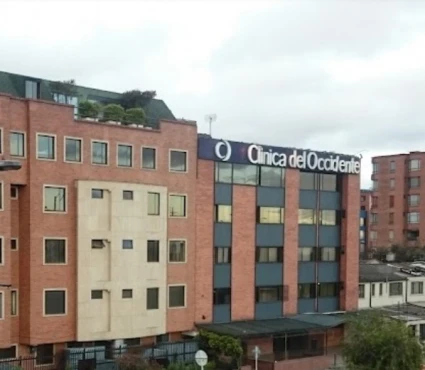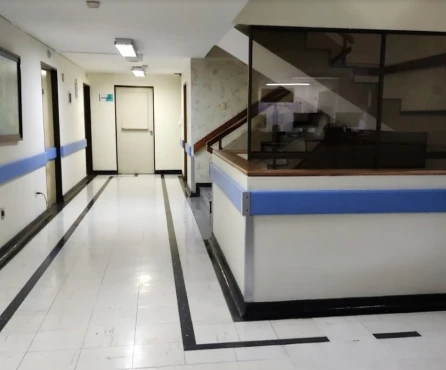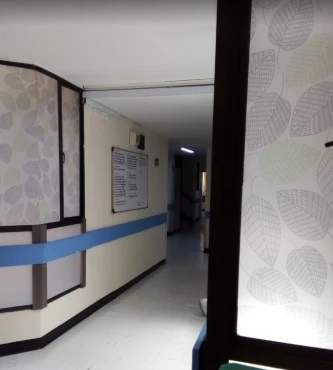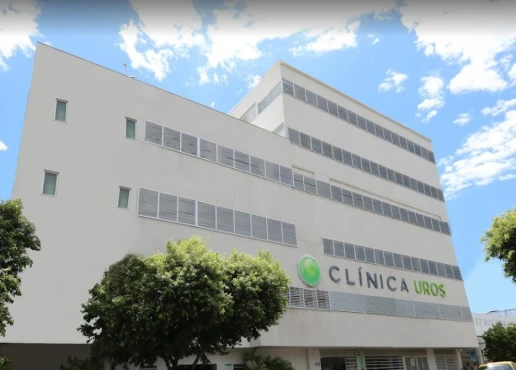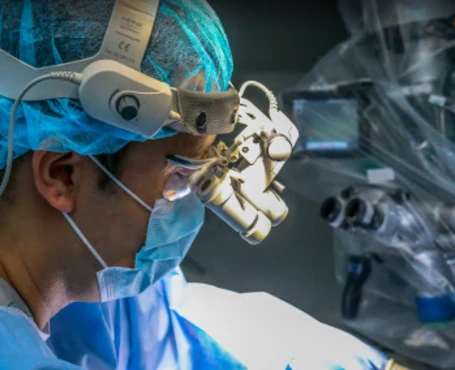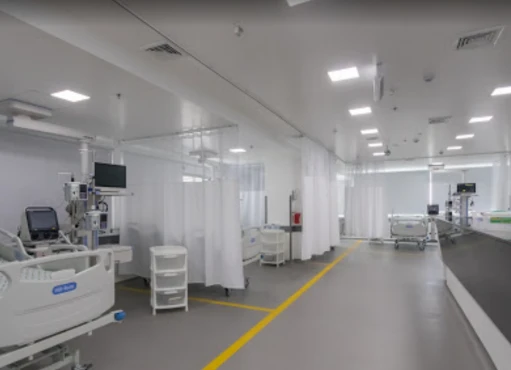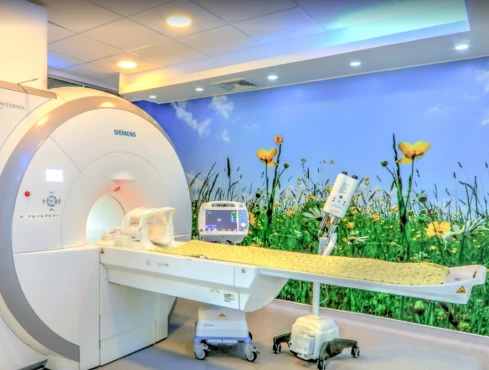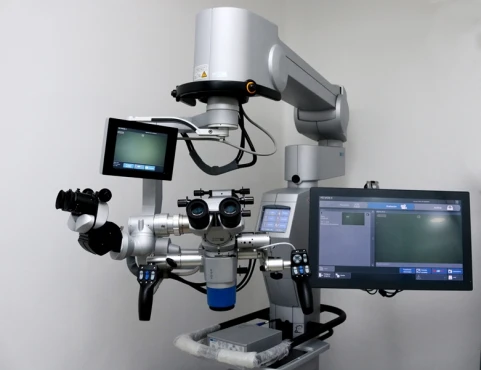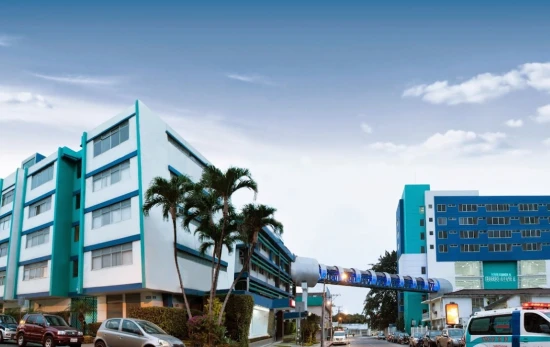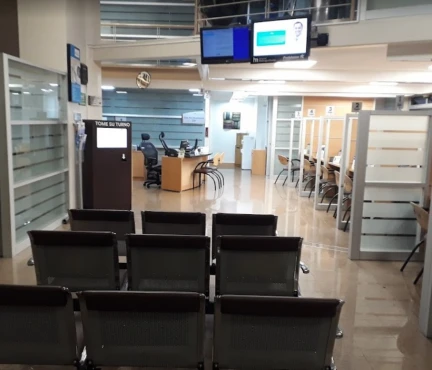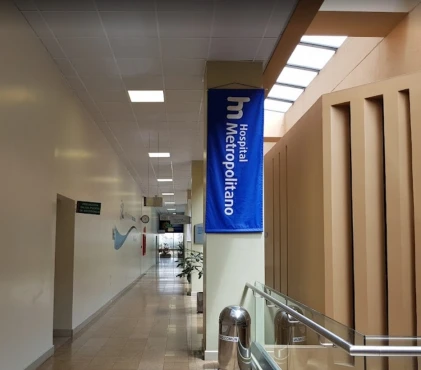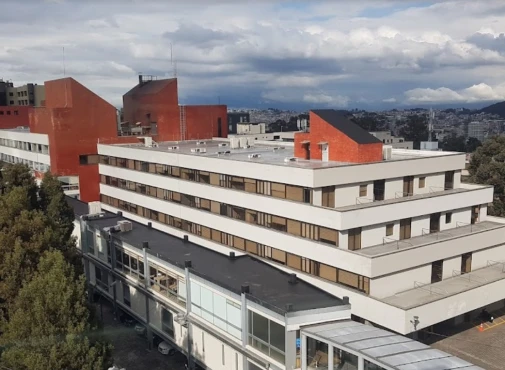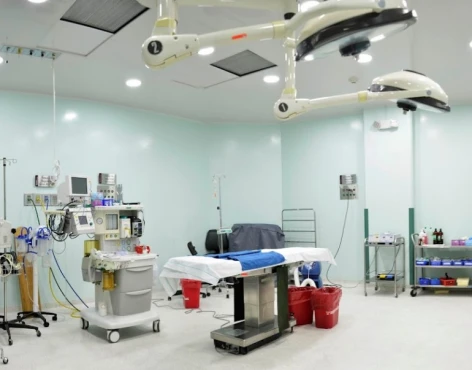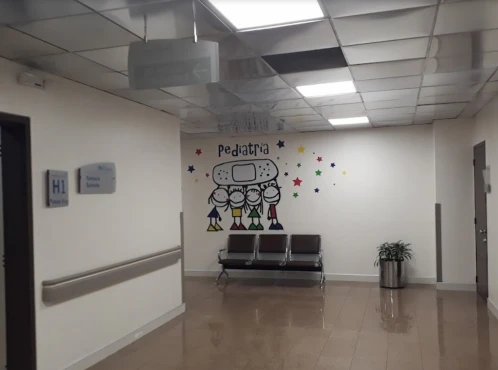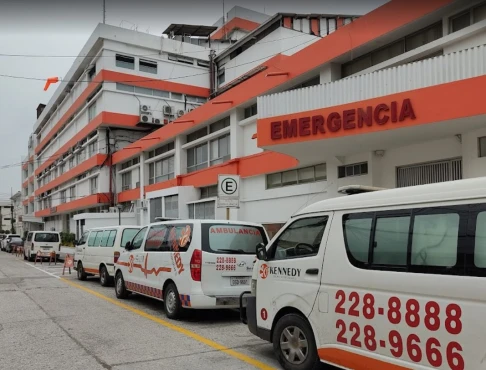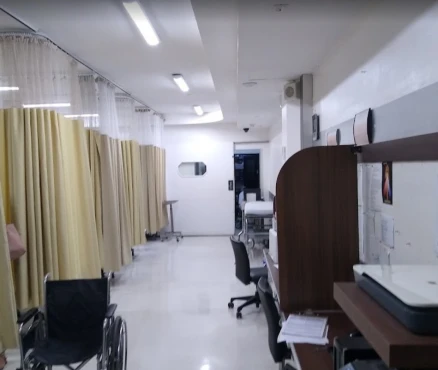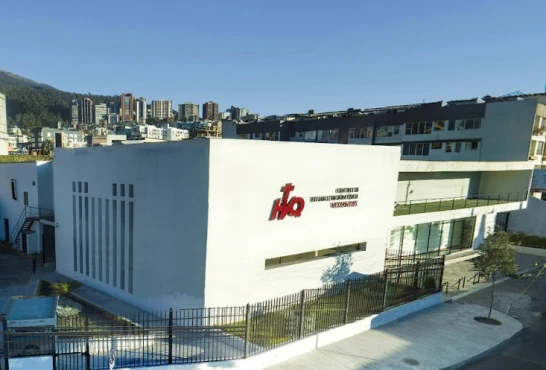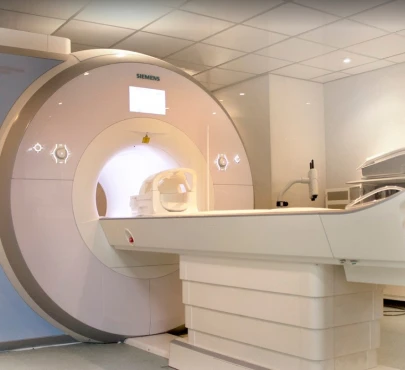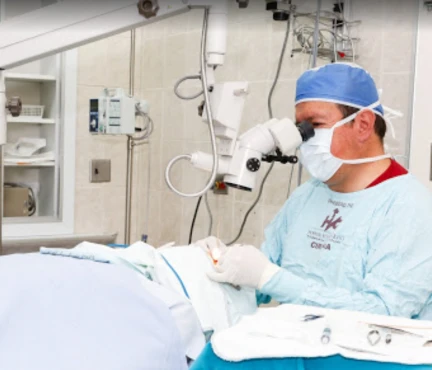Tetralogy of Fallot (TOF) treatment in 598 Cardiac surgery clinics worldwide
598 clinics specializing in Cardiac surgery providing treatment of Tetralogy of Fallot (TOF) Tetralogy of Fallot (TOF) is a congenital heart defect characterized by four abnormalities: ventricular septal defect, pulmonary stenosis, overriding aorta, and right ventricular hypertrophy. It causes cyanosis and requires surgical correction in infancy. disease worldwide.
Sorted by:
Relevance
Rating
Relevance
Prices for popular procedures:
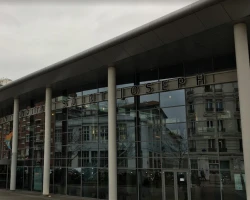
Paris, France
Specializations: Cardiac surgery, Vascular surgery, Thoracic surgery, Neurosurgery, Spine surgery, Orthopedic surgery, Oncology
Languages: English
Led by the Saint-Joseph Hospital Foundation , the Paris Saint-Joseph Hospital Group is a non-profit health establishment located in the Paris region, present on 2
read more
Prices for popular procedures:
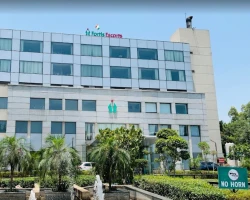
New Delhi, India
Specializations: Cardiac surgery, Vascular surgery, Thoracic surgery, Neurosurgery, Spine surgery, Orthopedic surgery, Oncology
Languages: English
Fortis Escorts Heart Institute has set benchmarks in cardiac care with path breaking work over the past 33 years. Today, it is recognised world over
read more
Prices for popular procedures:
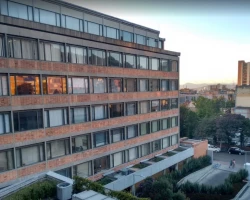
Bogota, Colombia
Specializations: Cardiac surgery, Vascular surgery, Thoracic surgery, Neurosurgery, Spine surgery, Orthopedic surgery, Oncology
Languages: English
The Marly Clinic began its activities at the beginning of 1903 with Dr. Carlos Esguerra as Director. The Marly Clinic is today the oldest and
read more
Prices for popular procedures:
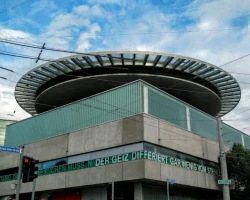
Salzburg, Austria
Specializations: Cardiac surgery, Vascular surgery, Thoracic surgery, Neurosurgery, Spine surgery, Orthopedic surgery, Oncology
Through its university clinics and centers of excellence, the University Hospital Salzburg (SALK) provides the highest quality healthcare available. University Hospital Salzburg excellent medical care
read more
Prices for popular procedures:
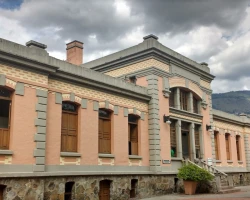
Medellín, Colombia
Specializations: Cardiac surgery, Vascular surgery, Thoracic surgery, Neurosurgery, Spine surgery, Orthopedic surgery, Oncology
More than one hundred years of history and medical advances highlight the Hospital San Vicente Fundación in Colombia and Latin America, which, supported by its
read more
Prices for popular procedures:
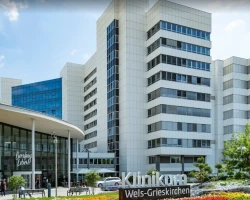
Wels, Austria
Specializations: Cardiac surgery, Vascular surgery, Thoracic surgery, Neurosurgery, Spine surgery, Orthopedic surgery, Oncology
As Austria's largest religious order hospital, the Wels-Grieskirchen Clinic is an institution of the Congregation of the Sisters of Charity of the Holy Cross and
read more
Prices for popular procedures:

Klagenfurt am Wörthersee, Austria
Specializations: Cardiac surgery, Vascular surgery, Thoracic surgery, Neurosurgery, Spine surgery, Orthopedic surgery, Oncology
As a specialist hospital, Klinikum Klagenfurt offers the range of services of a university clinic with the exception of transplantation surgery. Our house is one
read more
Prices for popular procedures:
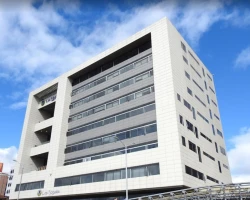
Bogota, Colombia
Specializations: Cardiac surgery, Vascular surgery, Thoracic surgery, Neurosurgery, Spine surgery, Orthopedic surgery, Oncology
We are a new model of comprehensive health care, backed by a differential human team that works together with the best quality and comfort standards
read more
Prices for popular procedures:
Prices for popular procedures:
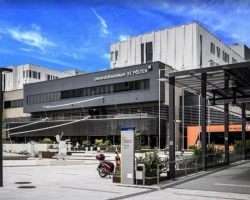
Sankt Pölten, Austria
Specializations: Cardiac surgery, Vascular surgery, Thoracic surgery, Neurosurgery, Spine surgery, Orthopedic surgery, Oncology
The University Hospital St. Pölten stands for cutting-edge medicine in Lower Austria. As a reference center with a broad medical spectrum and a pronounced national
read more
Prices for popular procedures:

Bogota, Colombia
Specializations: Cardiac surgery, Vascular surgery, Thoracic surgery, Neurosurgery, Spine surgery, Orthopedic surgery, Oncology
The Hospital Universitario Clínica San Rafael, a university institution that provides Level IV health services, with more than 84 years of experience that support its
read more
Prices for popular procedures:
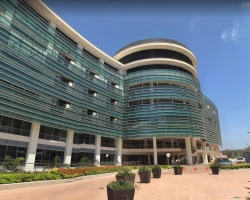
Puerto Colombia, Colombia
Specializations: Cardiac surgery, Vascular surgery, Thoracic surgery, Neurosurgery, Spine surgery, Orthopedic surgery, Oncology
Clínica Portoazul auna is the largest health complex in the North Region of Colombia located in the city of Barranquilla, offering comprehensive medical services to
read more
Prices for popular procedures:

Cartagena, Colombia
Specializations: Cardiac surgery, Vascular surgery, Thoracic surgery, Neurosurgery, Spine surgery, Orthopedic surgery, Oncology
We are a private entity, dedicated to providing comprehensive health services of the highest ethical, scientific and technological quality. Operated by the Fundación Santa Fe
read more
Prices for popular procedures:
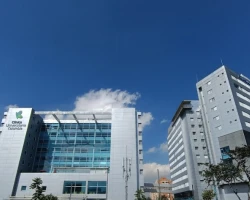
Bogota, Colombia
Specializations: Cardiac surgery, Vascular surgery, Thoracic surgery, Neurosurgery, Spine surgery, Orthopedic surgery, Oncology
Clínica Universitaria Colombia, inaugurated on June 29, 2006, is a High Complexity Institution that is part of Clínica Colsanitas and that provides outpatient and hospital
read more
Prices for popular procedures:

Bogota, Colombia
Specializations: Cardiac surgery, Vascular surgery, Thoracic surgery, Neurosurgery, Spine surgery, Orthopedic surgery, Oncology
Clínica del Occidente is an accredited institution of level IV of complexity that has provided health services for 39 years. In addition, it is recognized
read more
Prices for popular procedures:
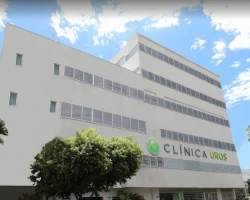
Neiva, Colombia
Specializations: Cardiac surgery, Vascular surgery, Thoracic surgery, Neurosurgery, Spine surgery, Orthopedic surgery, Oncology
Clínica UROS SA is a private company that provides Health Services to the Surcolombian community of Medium and High complexity, at levels (3) and (4),
read more
Prices for popular procedures:
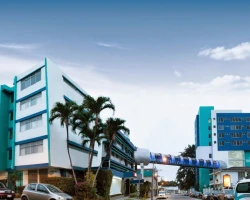
Guayaquil, Ecuador
Specializations: Cardiac surgery, Vascular surgery, Thoracic surgery, Neurosurgery, Spine surgery, Orthopedic surgery, Oncology
Languages: English
The Alcívar Hospital was founded on Thursday, November 25, 1937. It was originally called the Alcívar-Esteves Clinic, as it was directed by Dr. Eduardo Alcívar
read more
Prices for popular procedures:
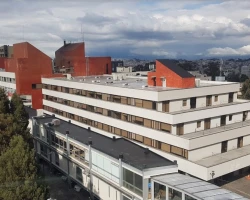
Quito, Ecuador
Specializations: Cardiac surgery, Vascular surgery, Thoracic surgery, Neurosurgery, Spine surgery, Orthopedic surgery, Oncology
Languages: English
At Hospital Metropolitano we work with QUALITY, continuously improving our services. We constantly innovate processes, equipment and infrastructure to meet the needs and expectations of
read more
Prices for popular procedures:

Guayaquil, Ecuador
Specializations: Cardiac surgery, Vascular surgery, Thoracic surgery, Neurosurgery, Spine surgery, Orthopedic surgery, Oncology
We are a Hospital Group that provides medical and diagnostic services, supported by state-of-the-art equipment. We offer quality care with warmth, professionalism, experience and security.
read more
Prices for popular procedures:
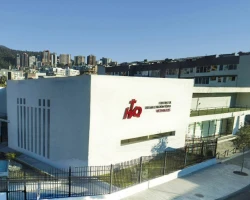
Quito, Ecuador
Specializations: Cardiac surgery, Vascular surgery, Thoracic surgery, Neurosurgery, Spine surgery, Orthopedic surgery, Oncology
Languages: English
We are commited to quality and patient safety. To do this, with the leadership of Senior Management, we work towards the continuous improvement of processes,
read more
Clinics grouping by rating
Clinic with the highest rating of 5 — Clinical Hospital Lapino in Moscow, Russia and 5 more, clinic with the most reviews number of 35757 — Aster CMI hospital in Bengaluru, India.
With rating 4.0 and over — 221 clinics .
Countries with the highest number of clinics treating the diseases:
Tetralogy of Fallot (TOF):
worldwide
600 clinics
Brazil
40 clinics
India
38 clinics
Turkey
29 clinics
Germany
28 clinics
Colombia
25 clinics
Related procedures:
Procedures are likely to be used for Tetralogy of Fallot (TOF) treatment:
Blalock-Taussig shunt,
Radical correction of tetralogy of Fallot (TOF),
and
Surgery for tetralogy of Fallot (TOF) in adults
.

